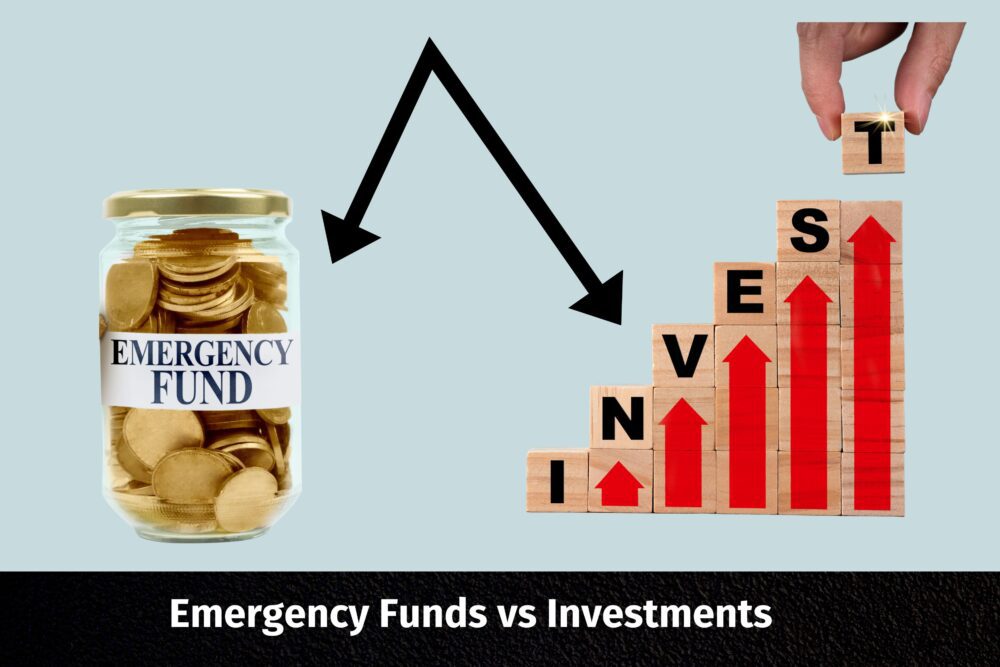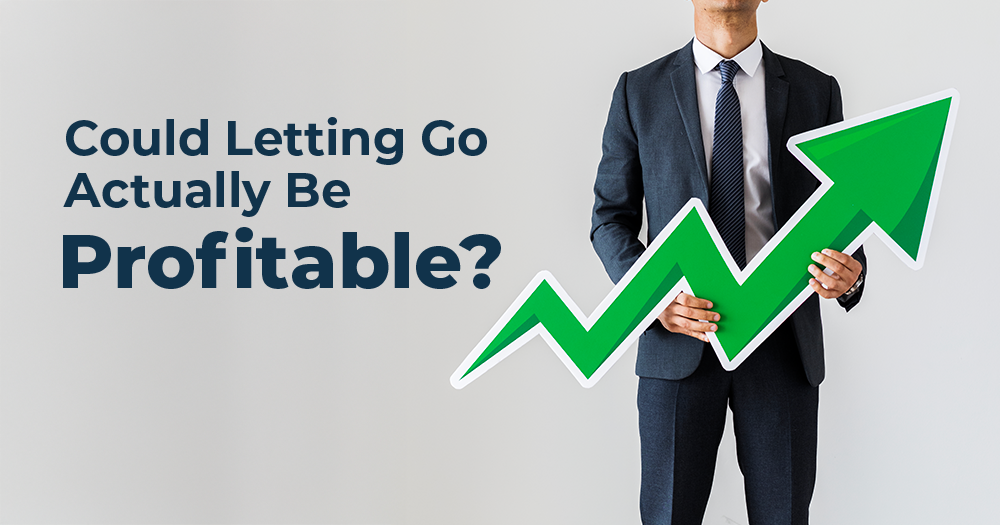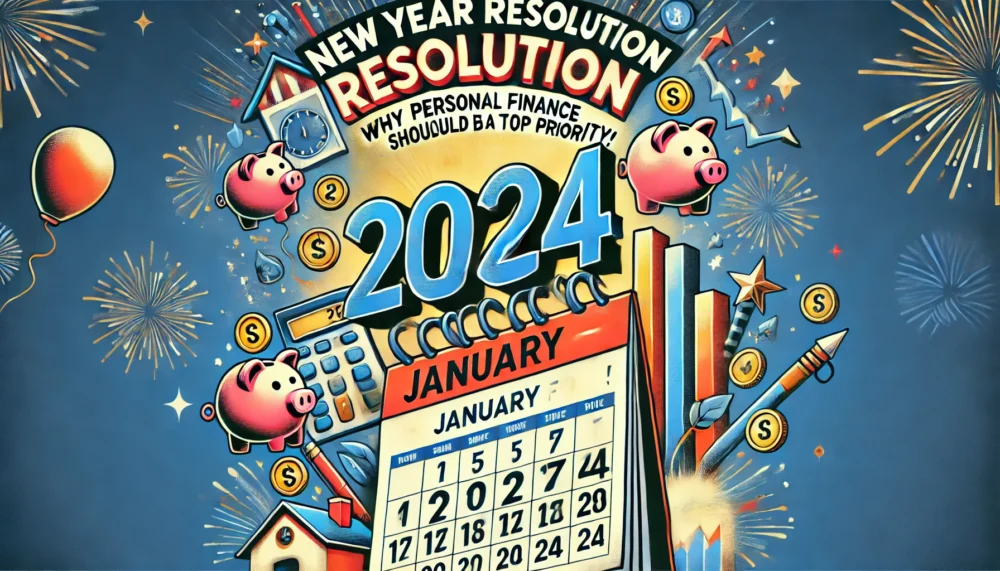During the Great Recession (December 2007 – June 2009), the U.S. unemployment rate rose from 5% to 10% by October 2009. One of the most significant impacts was the rise in long-term unemployment. Before the crisis, the median duration of unemployment was around 12 weeks, but during the downturn, many people remained jobless for much longer.1
As a result, those who had only three months of savings quickly ran out of money before finding new jobs. This experience reshaped financial planning recommendations, with experts now advising individuals—especially those in unstable industries or higher-level roles—to maintain an emergency fund covering more than six months of expenses.
But since retail investments has seen a spike, there’s a question everybody seems to be asking : Should you build an emergency fund first, or start investing right away to grow wealth?
Why an Emergency Fund is Essential
An emergency fund acts as a financial safety net, helping people manage unexpected expenses without relying on credit cards, loans, or dipping into investments. A sudden job loss, a medical emergency, or an urgent home repair can disrupt financial stability, and having cash set aside ensures these situations can be handled smoothly.
While saving money instead of investing might feel like a lost opportunity, having readily accessible funds prevents financial setbacks. It allows people to cover expenses without selling investments at a loss or taking on high-interest debt.
How to Build an Emergency Fund
Animesh Hardia, Senior Vice President, Quantitative Research at 1 Finance, suggest that before focusing on investments, individuals should set aside at least 6–9 months of expenses in an emergency fund. The money should be placed in liquid assets, such as high-yield savings accounts or arbitrage funds, ensuring quick access while still earning modest returns.
Steps to Build Your Emergency Fund
- Set a Realistic Goal
- Start by calculating essential monthly expenses such as rent, groceries, transportation, utilities, and insurance.
- Aim to save at least three months’ worth initially, then work toward six months or more.
- Start Small and Increase Gradually
- If saving six months’ worth seems overwhelming, start with one month’s expenses and increase gradually.
- Automating transfers to a separate emergency fund can help build savings consistently.
- Track Spending and Adjust as Needed
- Monitor income and expenses using budgeting tools or spreadsheets.
- Identify unnecessary spending and redirect that money into savings.
Is the Traditional 3–6 Months Rule Outdated?
With economic uncertainty increasing, some financial planners argue that six months may not be enough. If someone works in an industry prone to layoffs or holds a senior position that takes longer to replace, a larger emergency fund may be necessary.
For example, during the Great Recession, the median unemployment duration extended well beyond six months, leaving many individuals without income for longer than they had planned. This highlights why financial advisors recommend a longer financial buffer for certain individuals.
Should You Invest Instead of Saving?
Investing is an important part of wealth-building, but skipping an emergency fund can be a risky move. Market downturns can be unpredictable, and if money is needed in a crisis, selling investments at the wrong time can lead to significant losses.
A well-funded emergency reserve ensures that individuals are not forced to liquidate investments at a loss or take on debt to cover short-term expenses. It provides financial stability while allowing investments to grow uninterrupted.
Key Takeaways
- An emergency fund is essential for financial security in times of crisis.
- Experts recommend saving 6–9 months of expenses before aggressive investing.
- Starting small and scaling up gradually can make the process more manageable.
- A balanced approach works best—secure a financial cushion before focusing on investments.
Final Thoughts
Instead of choosing between saving and investing, the best approach is to do both in the right order. Building a financial safety net first ensures that investments are not disrupted during an emergency. Once a solid emergency fund is in place, investing can be pursued with confidence, knowing that short-term financial needs are covered.
By taking a measured and balanced approach, individuals can protect their financial stability while allowing their investments to grow without unnecessary risks.







